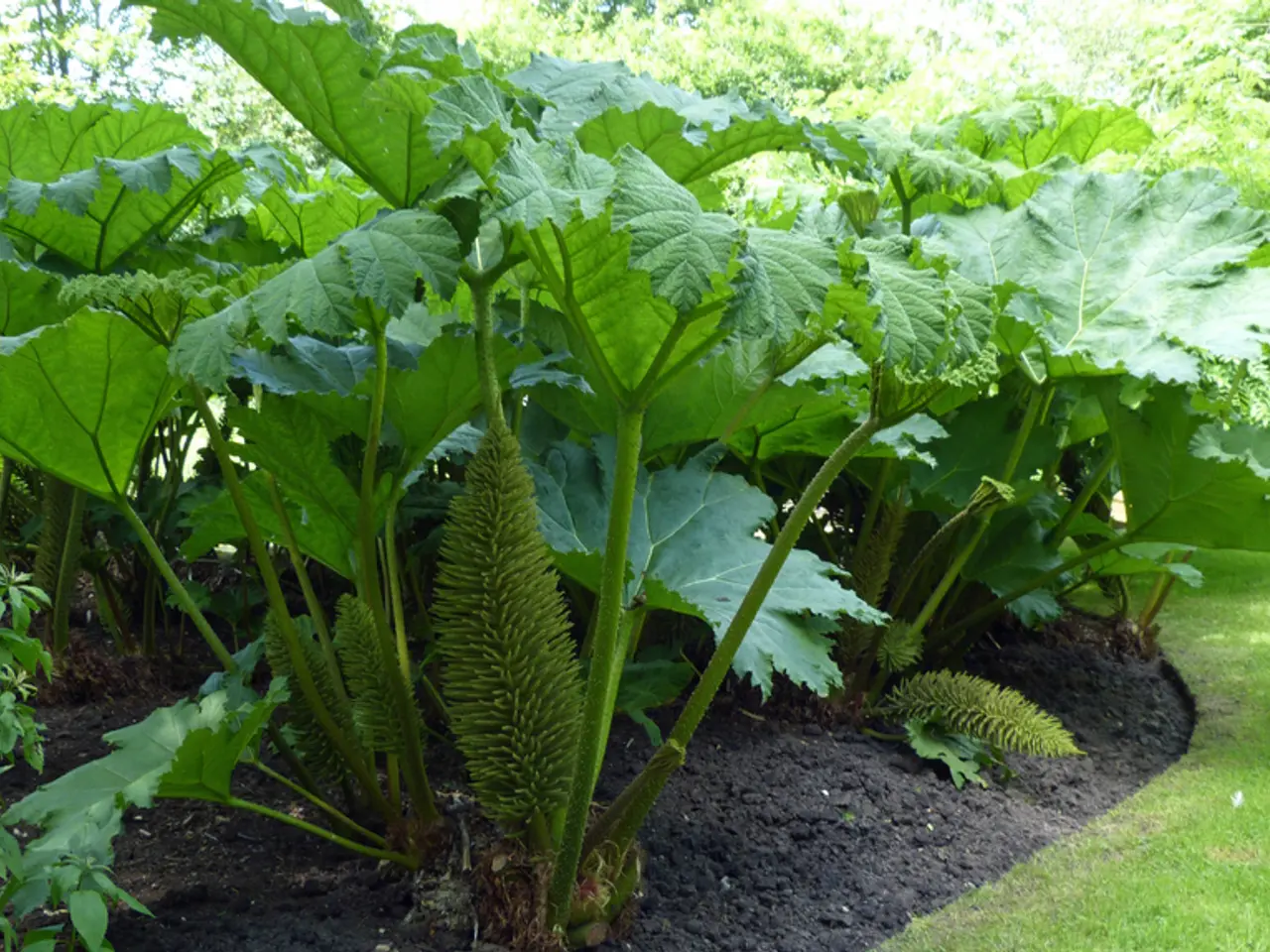Meat-Consuming Vegetation Demands Specific Soil Composition
In the captivating world of carnivorous plants, cultivating the ideal soil mix is crucial for their survival and thriving. These unique plants require a nutrient-poor, well-draining substrate that mimics their natural habitat. Here's a guide to creating the perfect soil mix for your carnivorous plants.
First and foremost, it's essential to choose a pot with good drainage. Plastic pots are an excellent choice due to their good drainage, affordability, light weight, and durability. Light-coloured pots are recommended to avoid overheating the roots of carnivorous plants.
When it comes to soil ingredients, Sphagnum Peat Moss is a cornerstone. This organic material retains moisture while providing a slightly acidic, low-nutrient medium ideal for carnivorous plants. It enhances soil structure, moisture retention, and aeration without adding fertilizer, which can harm these plants.
Sand, specifically Silica or Horticultural Sand, plays a vital role in improving drainage and aeration. Added to the mix, sand ensures roots don't sit in overly wet media, which can cause root rot. It also keeps the mix loose and well-draining.
Perlite or Pumice is another essential ingredient. These lightweight materials further improve aeration and drainage while helping retain some moisture. They prevent soil compaction in container mixes.
A commonly recommended mix ratio for carnivorous plants such as *Pinguicula* or Venus flytraps is as follows: Sphagnum Peat Moss (5 parts), Silica Sand (3 parts), and Perlite or Pumice (2 parts). This blend creates a well-draining, airy, and slightly acidic soil without added nutrients, which is optimal for carnivores.
For specific carnivorous plants like Venus flytraps, specialized repotting kits offer premixed soil blends following these principles, often combined with appropriately sized planters for ease of care.
It's important to avoid using regular potting soil, as it contains minerals and fertilizers that can be harmful to carnivorous plants. Also, it's not recommended to use builder's sand in carnivorous plant soil due to its impurities, such as rocks, clay, and other debris, as well as salt and lime, which can impact plant growth and soil quality.
In summary, the key ingredients to use for carnivorous plant soil mixes are Sphagnum Peat Moss (base for moisture and acidity), Silica or Horticultural Sand (for drainage), and Perlite or Pumice (to improve aeration). By following these guidelines, you'll create an environment that supports the unique needs of your carnivorous plants, ensuring they thrive and captivate your senses.
Science plays a significant role in understanding the optimal health-and-wellness of carnivorous plants, including their need for fitness-and-exercise in the form of nutrient-poor, well-draining substrates. A balanced diet for these plants encompasses Sphagnum Peat Moss, Sand, Perlite or Pumice, each providing essential nutrients and properties such as moisture retention, drainage, and aeration.




